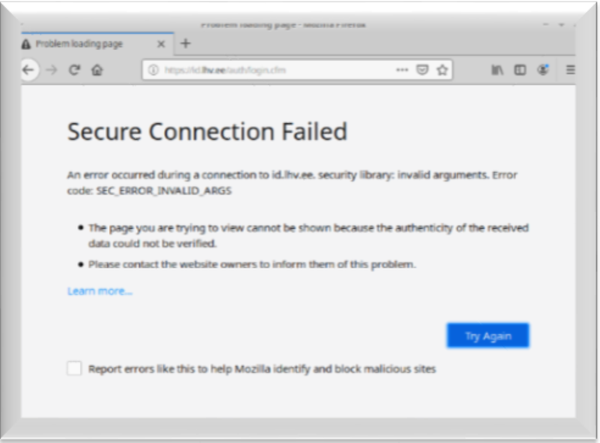PREVENTION AND RECOVERY STRATEGIES FOR RANSOMWARE ATTACK
Ransomware attacks have become an annoying obstacle for everyone. Here, we highlight the complexity of ransomware attacks.

INTRODUCTION:
In the modern world of cyber threats, ransomware attacks have become an annoying obstacle for both consumers and business entities. This paper highlights the complexity of ransomware, provides advice that can be used to prevent attacks, and also provides a complete catalog of recovery procedures that prove very helpful in limiting the damages after an attack.
What is RANSOMWARE?
Imagine this: You reboot your computer to find all the files on that particular device are locked, and a very horrifying message pops up requesting cryptocurrency to unlock the machine. This is the miserable state of ransomware, an application that holds your personal data hostage and allows you to access it only after a payment.
Ransomware is malware that encrypts the files of the users and locks them until they pay the ransom. Any payment for cyber criminals is mostly demanded in cryptocurrency, which provides another layer of anonymity for their illegal activities. These attacks can crash down on these enterprises, which in turn leads to loss of data, constipation effects, and financial damage.
How does a RANSOMWARE attack work?
Many of the criminal tactics, ranging from phishing emails to compromised websites, software vulnerabilities, and malicious advertisements, can all infiltrate your machine with ransomware. When you enter, it covers your network and also entangles every significant file within its complex web of encryption. You must pay a ransom to either the kidnappers of your data; if you fail, everything will be destroyed or made public.
THE NEGATIVE IMPACT OF RANSOMWARE
A successful ransomware attack can leave hundreds and millions of people, companies, or even the country's critical infrastructure impacted. Companies can also lose vital information, stop functions due to this loss of data, and thereby suffer financial losses while damaging their reputation as well as facing many lawsuits.
The consequences of ransomware may include leaking personal data, financial distress, and severe sorrow for those affected by it.
HOW DO YOU PREVENT A RANSONWARE ATTACK?
It is critically important that you take the preventative measures in place to protect yourself from ransomware. Here are a few crucial preventative techniques:
- Awareness and Training of Employees:
As such, employees should be informed of the various threats posed by phishing emails and sites that seem suspicious. The common entry door for ransomware is a human error. If the employees are trained to identify any potential threats and report them, then general security is improved.
2. Current security software:
To prevent future strains of ransomware, updating the antivirus and anti-malware software regularly plays a very important role. Make sure that the latest threat definitions are automatically updated for all of the security software.
3. Network segmentation:
Partitioning a network limits the capacity of ransomware attacks, causing a lot of damage. If one section is compromised, the rest of the network remains secure, ensuring that there are no further lateral spreads of malware.
4. Encryption and Data Backup:
It is extremely important that the necessary information is insured and that regular backups are kept safe. Secondly, data backups should also be encrypted to protect against illegitimate access.
5. Email Filtering and Attachment Filtering:
Get rid of malicious attachments and links with powerful email filtering software. In other words, emails can easily be cleansed at the server level so that naive users do not accidentally click on any phishing links.
HOW TO IDENTIFY RANSOMWARE ATTACK: EARLY WARNING INDICATIONS:
Keep your cool and watch out for these telltale symptoms if you suspect a ransomware attack:
- The system suddenly slows down or freezes.
- Operations running in the background with which we are not familiar.
- If you cannot access or open some files on a computer,
- Pop-up notifications demand a ransom.
RECOVERY STRATEGIES
During an attack of ransomware, the prepared recovery plan is very significant in averting that damage and reclaiming your vital data. This is your playbook for recovery:
- Separation and Restrictions:
First of all, quarantine the systems that have been compromised by the ransomware to limit its spread. Separate the hacked systems to contain any destruction and also save other un-attacked frameworks.
2. Incident Response Plan:
However, a clearly defined incident response plan is very important. This plan needs to specify exactly what should be undertaken before, during, and after a ransomware attack. It should also mention many legal elements, including law enforcers and communication processes.
3. Negotiation and payment issues:
Although paying the ransom is usually not advised, certain organizations might take this into account as a last resort. Speaking with cybersecurity professionals and law enforcement officials can help you understand the possible dangers and legal ramifications of paying the ransom.
4. System restorations from backups:
Use the clean, encrypted backups to restore systems once the ransomware has been neutralized. By minimizing downtime and ensuring a quick recovery, this procedure enables corporate operations to quickly restart.
Beyond Prevention:
Thus, resilience should be your primary goal. If it is impossible to prevent every attack then make sure that you have strong data security practices, disaster recovery plans, and incident response procedures in place.
It is also essential to keep an eye on the security and study risks, as well as the legal implications of payment.
System Restoration from Backups: Use clean and encrypted backups to restore the systems once the ransomware has been contained. This process greatly helps to accelerate the recovery and also reduces downtime, making it possible for companies to get back into business as soon as necessary.
CONCLUSION:
Lastly, ransomware is a major and continually changing threat to the digital world. Nevertheless, you will be able to minimize your vulnerabilities significantly and also face the turbulent cyberattacks with ease if you understand how it works after which preventive measures are put in place including a recovery plan. Never forget that knowledge is the very best weapon for all online attacks. Taking into account the volatile nature of cybercriminality, seize control over data protection and stay alert.
Thanks for reading.
If you like the article, consider sharing and subscribing. ;)





